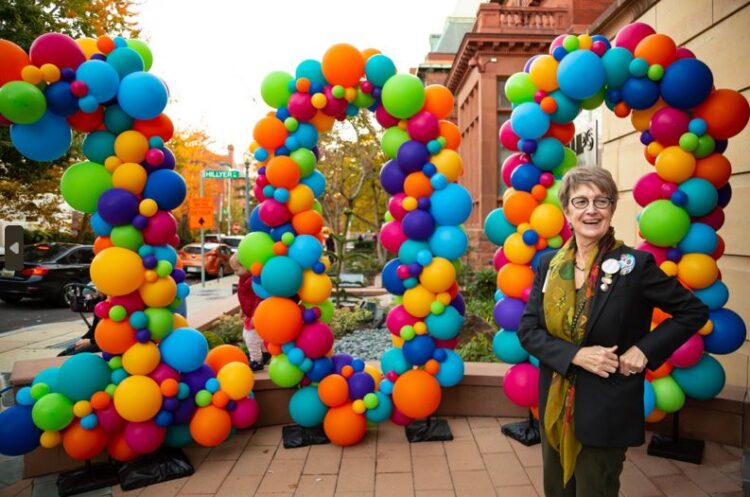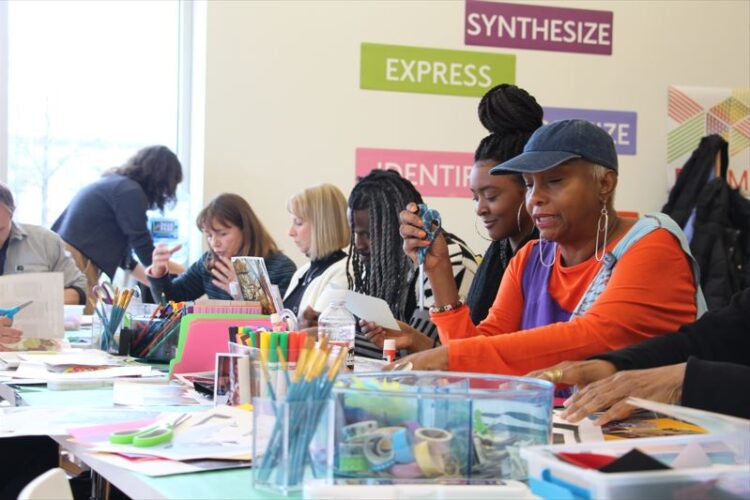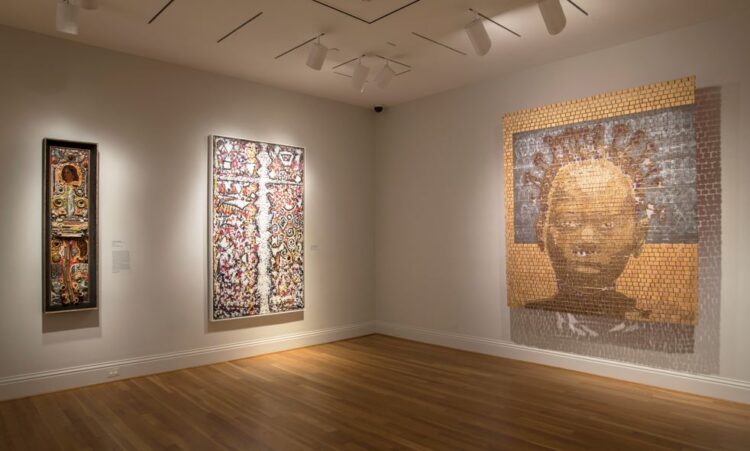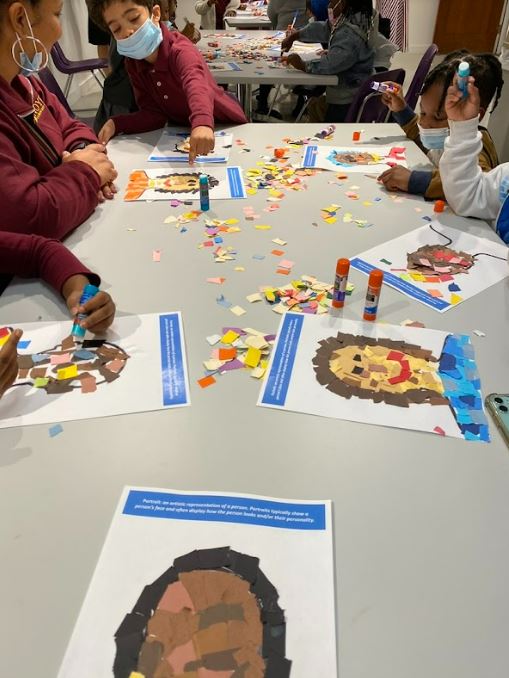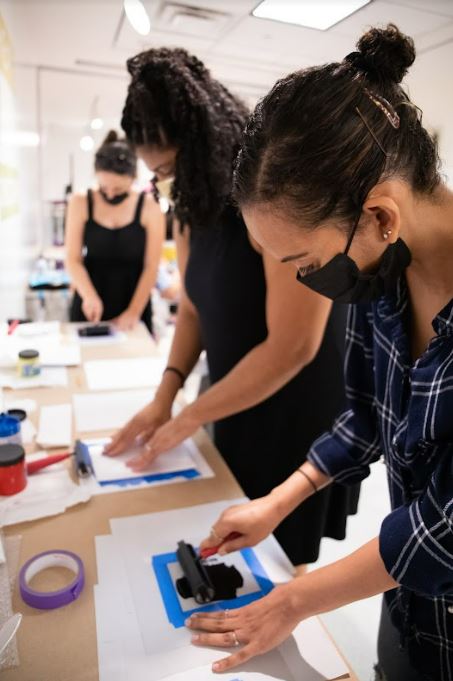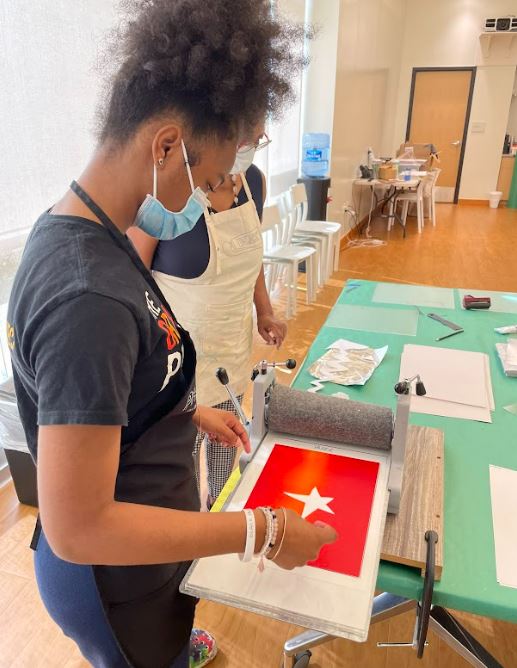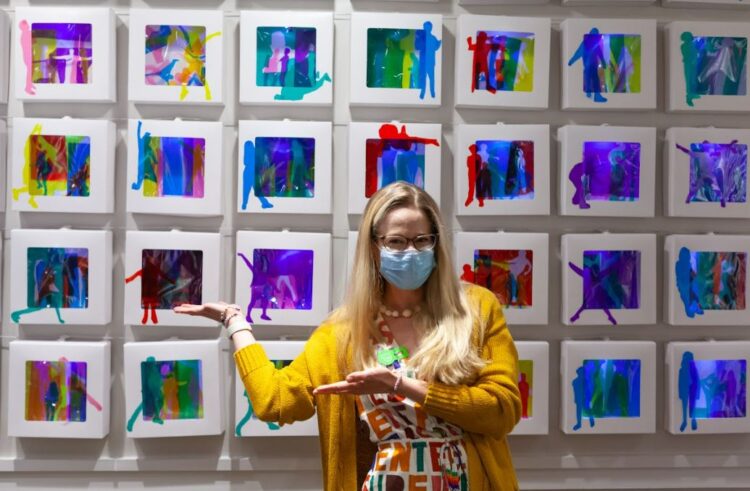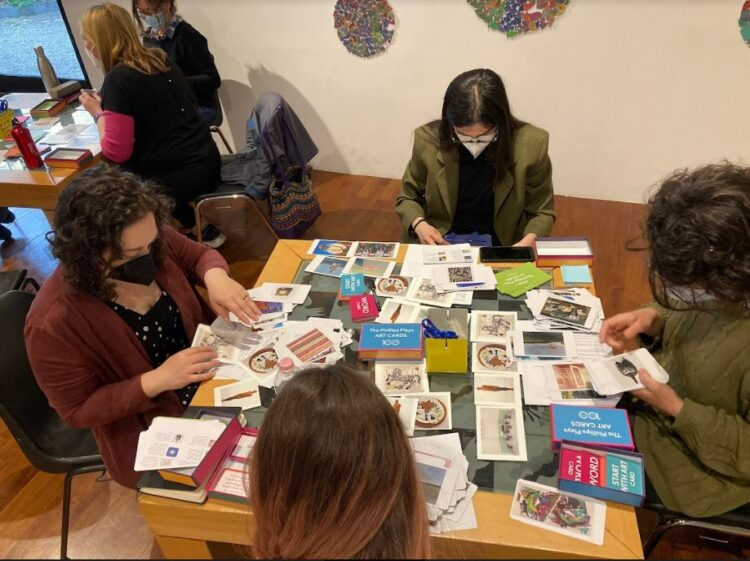Meet our fall 2022 interns, who have recently completed their internships. Applications for spring 2023 paid internships in the DEAI, HR, and Curatorial departments are now open!

Abby Osborne, George Washington University
“My name is Abby Osborne, and I’m a junior at George Washington University, majoring in art history and political communication. During this cycle, I’ve helped the Marketing and Communications department with community outreach, our business partnerships, and a press release about an upcoming exhibition. During my internship I enjoyed helping strengthen The Phillips Collection’s relationship with local businesses and creating strong partnerships that will benefit museum-goers. I also helped promote upcoming exhibitions and events throughout the community and updated the mailing lists, adding local university newspapers and Italian/Italian-American organizations that might be interested in the exhibition about Giuseppe De Nittis.”
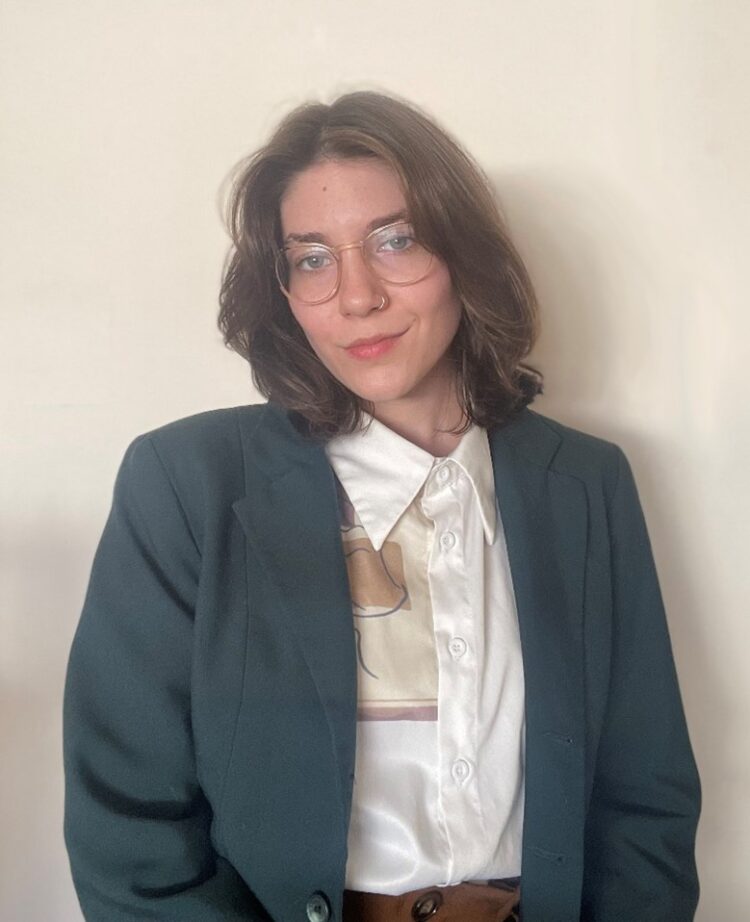
Claire Griffin, George Washington University
“I am Claire Griffin and I am an intern in the DEAI department under Horning Chair for Diversity, Equity, Accessibility, and Inclusion Yuma Tomes. I am currently pursuing a master’s degree in Museum Studies from George Washington University and will be starting my last semester in January. Additionally, I have a bachelor’s degree in Anthropology with a minor in Sociology from Indiana University. Before joining the Phillips, I held positions at the Smithsonian American Art Museum, Dumbarton House Museum, and Indiana University’s Museum of Archeology and Anthropology. Throughout my time here, I have had five major projects: Diversity in the Collection Project, Labor Acknowledgement Project, assistance with the Diversity Inter-Group Dialogue Series (DIDs) staff training session, writing an article for the next DEAI Staff Newsletter, and interviews with the department heads. I have been so grateful to learn more about DEAI work inside museums and looks forward to taking that knowledge with me throughout my career.”
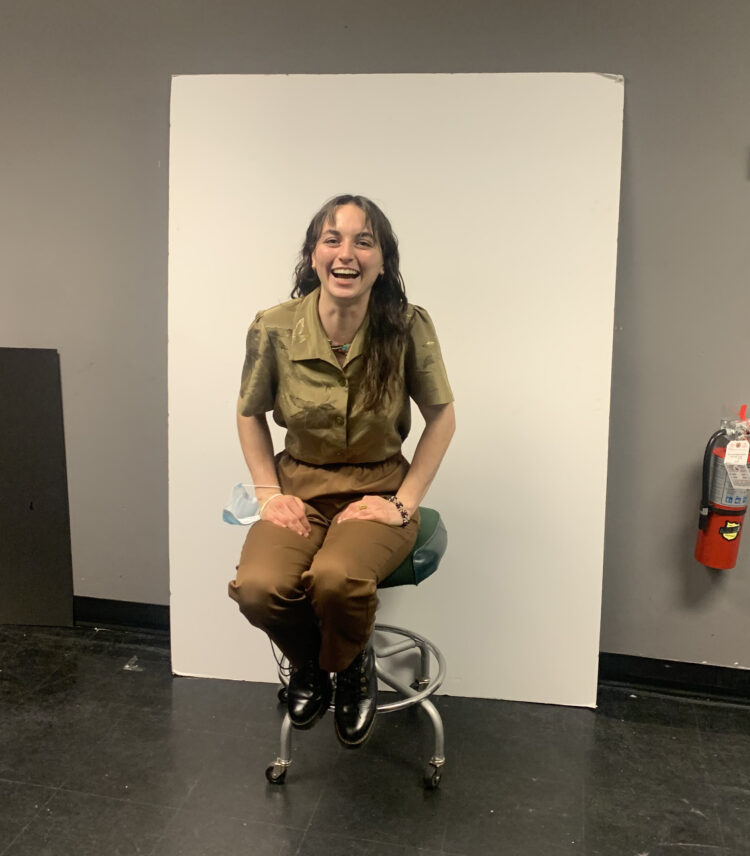
Juliana Walsh, The Catholic University of America
“My name is Juliana and I have been the Community Engagement Intern. I have experienced tours given by Phillips Educators to grow my understanding of museum learning, as well as family programs that engage experiential learning. I spent a significant amount of time at our workshop at THEARC, where I helped The Phillips Collection win the best decorated car of THEARC partners at the annual Trunk & Treat event. I also supported some art-making workshops there. My main project this semester was research for the implementation of a mural-making summer camp at THEARC for students in Wards 7 and 8. This has been an absolute joy and I am very hopeful that the camp will become a reality, promoting initiatives of inclusivity and accessibility in historically underrepresented communities. I am so happy with all the work I did this semester and the great bonds that have been created between me and my department.”
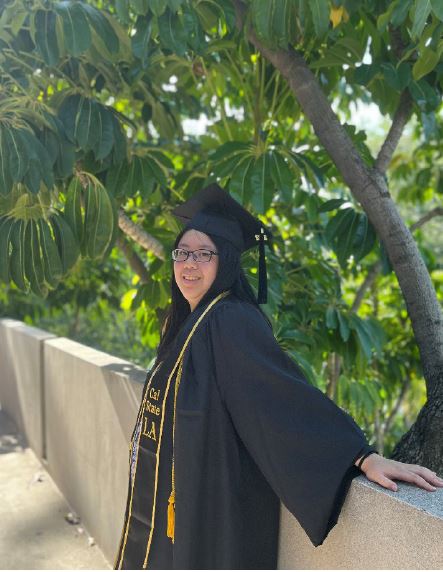
Tina Fu, California State University Los Angeles
“My name is Tina Fu and I am an Education intern under Deputy Director for Education and Responsive Learning Spaces Anne Taylor Brittingham. I graduated from California State University Los Angeles this May with a BA in Art Education, which led me t interning at The Phillips Collection because I was interested in learning about art education beyond school classrooms. During my internship at the Phillips, I was able to be involved in different experiences and events, such as shadowing tours, interacting with visitors, creating lesson plans, helping set up events, and learning about the operations of a museum. I am very grateful for this opportunity which helped expand my understanding of art education.”

